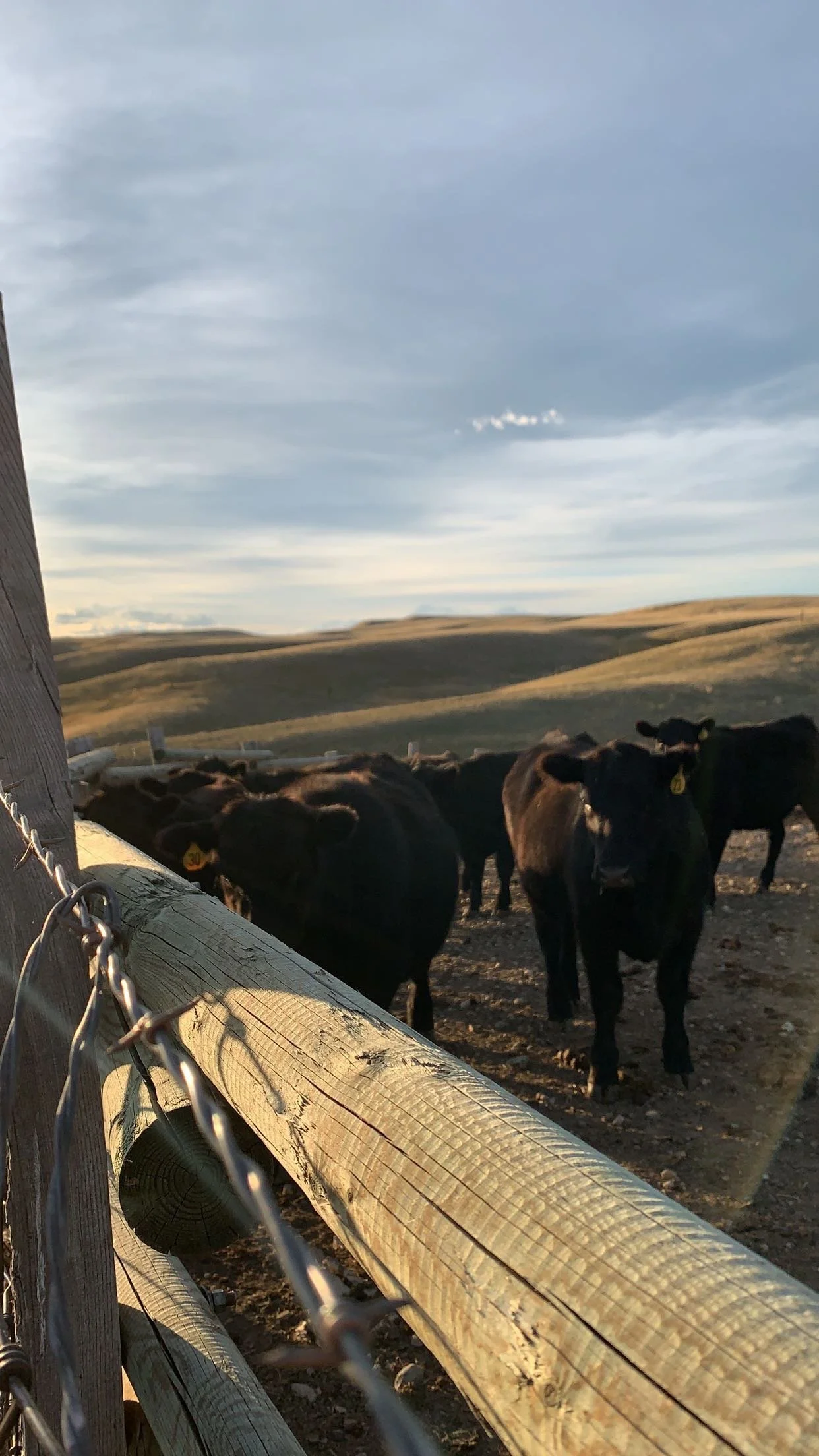October Changes
My neighbors – and every rancher in Montana is a neighbor – balance a lot of change.
They worry about growing enough grass and hay for this year and next.
Seasons and bank obligations revolve around the sun, but cattle have at least an 18-month production cycle.
When calves are weaned, docile pairs become determined individuals.
Fences fall down if they aren’t repaired.
Sometimes heavier calves make more money, but other times lightweight calves bring more profit.
Weather influences every decision from what to do after lunch to what to do in five years.
Good ranchers not only predict the future but predict the consequences of that future – how wars, drought, floods, consumer trends and laws will change how they sell grass that is grazed into beef and served onto a plate.
Recognizing the consequences of change is hard. Minimizing those consequences is even harder.
October always brings change.
Last week, I weaned the lambs. Past experience taught me that when ewes feel liberated from constant vigilance for multiple babies they celebrate by roaming. Ewes who contentedly meandered through a pasture last week now trot the fenceline, looking for adventure – or at least a hole in the woven wire.
Before I weaned lambs, I went around the fence looking for weak spots. I knew I still might need to bring the ewes in from the wrong pasture and patch a hole.
I didn’t predict that the ewes would create holes in three fences so they could lope over to my neighbor’s winter wheat.
While the ewes were running fencelines, my daughter, Abby, my brother, Roger, and I planned to haul cows to some fall pasture. The days are short in October and this job would take most of the day if everything went right.
It had to go right because the calves were separated from the cows, locked in a pen without water. I wouldn’t leave them without water overnight.
My search for the ewes delayed our plan and raised my blood pressure.
I load the cows by sending small bunches of cows through the working alley into the trailer. Each cow has been up this alley many times so she knows the routine.
This time, though, the cows resisted. Here was a consequence, but I couldn’t pinpoint the change. Was it the sunlight? Or the width of the alley? More importantly, what did I need to adjust so the cows would load?
Abby, Roger and I poked and crowded the cows, then twisted tails – tricks to make being near us more uncomfortable than walking up the alley.
Nope. No way. They would not go up the alley. As I struggled to remain calm and patient, the cows twisted and turned, looking for another way out that was not up the alley.
Time for this old dog to learn new tricks.
Desperate to outrun the moon, we herded one cow at a time through the alley. Amazingly, each cow trotted willingly into the trailer without hesitation. Loading time was cut by three-quarters.
Good thing loading sped up because next, the lack of a change added to the chaos.
By the time we arrived with the second load of cows, the first load was grazing next door. I told the next-door neighbor that we had heard that a fence works best when the gates are closed, but we wanted to test this theory. Then I shut the gate that had never shut itself last winter when we brought the cows home.
By the time my headlights hit my driveway, Abby had the sheep locked safely in the corral.
We had survived the consequences of change, at least for a day.
Now to survive the next five years.
